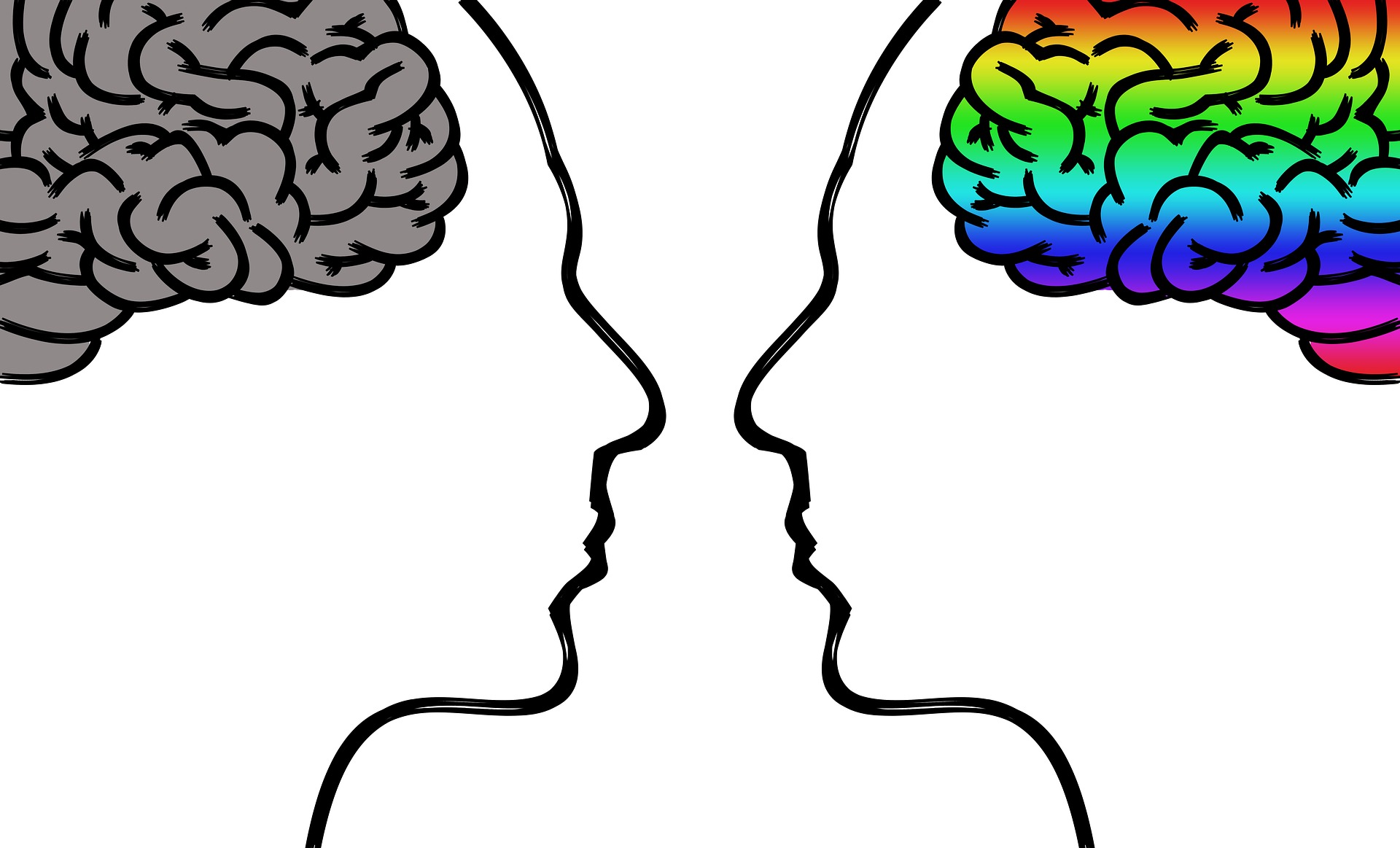[et_pb_section bb_built=”1″][et_pb_row][et_pb_column type=”4_4″][et_pb_text _builder_version=”3.13.1″]
Dysarthria is a difficulty to carry out a correct articulation, both of sounds and words.
It occurs when there are problems to control or coordinate the muscles that intervene directly in speech, or there is a lack of tonicity in them, as well as problems in the respiratory system (lips, tongue, jaw). This means that people with dysarthria, both adults and children, have a tangled and blurred language, since their ability to speak is impaired, and their speech is not comprehensible to others at a general level, or in isolation. A direct consequence of this disorder are the difficulties it generates at the social level when the patient is not able to be understood, which can sometimes lead to depression and social isolation.
The specialists involved in the treatment of dysarthria are neurologists who will determine which areas are affected, and to what extent, and after having obtained this information will make a personalized work plan to carry out with each patient, giving priority to the most affected or that have greater impact on the day to day of the patient. They will carry out their own rehabilitation of speech, and psychologists who will actively help this type of patients for all the associated problems that it entails, such as social isolation and depression.
It is a fundamental part of the treatment to duly inform both family members, caregivers or relatives, and the patient himself, about what rehabilitation will consist of, since our main objective is to find an effective means of communication adapted to each one, either by the own oral emission, or endowed with SAAC (Alternative and Augmentative Systems of Communication). In these cases, the collaboration of the relatives is fundamental.
The main areas of work are speech, voice, breathing and swallowing, and these can be worked directly with both the specialist and at home. We will explain what is affected in each of them, and to present different activities that can be carried out in a simple and functional way by the patient and family members, caregivers, or close to these people.
Learn more about your health and well-being at Pharmamedic.
[/et_pb_text][/et_pb_column][/et_pb_row][/et_pb_section]







